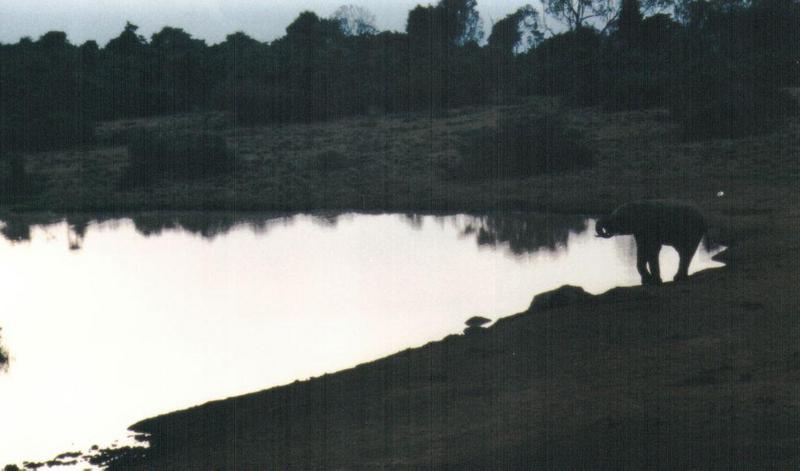|
| 질의: elephant | 결과: 1051번째/1460 | |
(P:\Africa\Ark) Dn-a0065.jpg (1/1) (61 K)
| 제목: | (P:\Africa\Ark) Dn-a0065.jpg (1/1) (61 K)
| | 올린이: | Darren New (dnew@san.rr.com)
| |

| 파일크기 : 60274 bytes
File date : 2001:01:25 20:58:50
해상도: 1024x603
Jpeg process : Baseline
Posted Newsgroups: alt.binaries.pictures.animals |
(P:\Africa\Ark) Dn-a0065.jpg (1/1) (61 K)
Date Posted: Tue, 23 Jan 2001 01:13:24 GMT |
^o^
동물그림창고 똑똑전화 누리집
^o^
|
|

